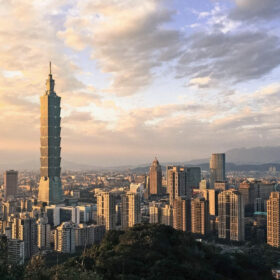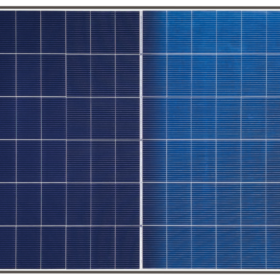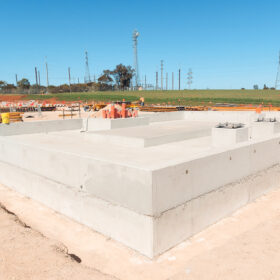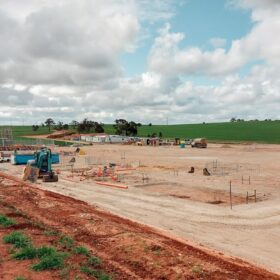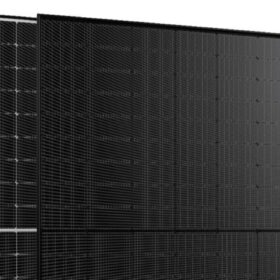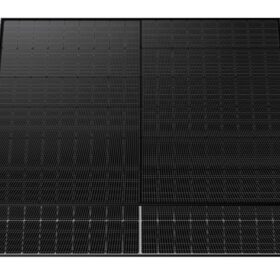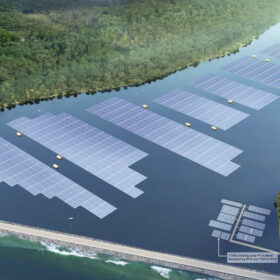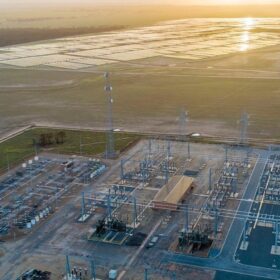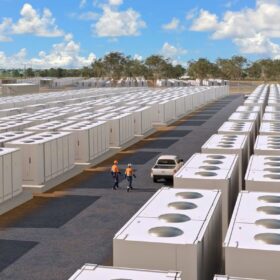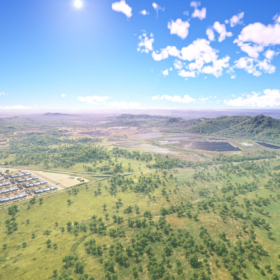Taiwan proposes mandatory solar for new buildings
The Taiwanese government has proposed new rules requiring PV installations on most new, expanded, or renovated buildings. The draft standards aim to boost renewable energy and decarbonisation by setting minimum solar capacity requirements, with potential exemptions for insufficient sunlight or technical issues.
Battery innovator introduces inverter-less system to Taiwan
Victorian-headquartered battery storage innovator Relectrify, has introduced its novel, inverter-less battery energy storage solution to the Taiwan market.
Winaico to launch 515 W heterojunction solar module with 23.5% efficiency
Winaico says it will start selling 515 W solar modules with 23.2% efficiency in April 2025.
ZEN Energy, HDRE joint venture targets 1.4 GW of solar and storage
The scope of Zen Energy’s fledgling collaboration with Taiwan’s HD Renewable Energy has expanded with the two parties launching a joint venture that is targeting the development of 400 MW of solar and 1 GW of energy storage capacity in Australia.
Global partnership opens new opportunities for Zen Energy
Australian energy gen-tailer Zen Energy is considering offshore opportunities, eyeing energy storage and green hydrogen projects in Taiwan and potentially other countries after securing a $43 million investment from Taipei-listed developer HD Renewable Energy Co.
Survey shows best fast MPPT techniques for PV
A group of scientists conducted a literature review of almost a hundred fast maximum power point tracking algorithms. They extracted ten representative algorithms and showed which of them works best under different scenarios.
TrendForce says 210 mm module shipments surpassed 260 GW in Q1
Market intelligence platform TrendForce says 210 mm n-type technology is “set to spearhead a new industrial revolution.” It expects 210mm modules to account for 78.29% of the large-format module market this year, increasing to 82.51% by 2027.
Winaico presents bifacial 435 W TOPCon module with 22.30% efficiency
Taiwanese manufacturer Winaico said its newest bifacial, n-type, glass-glass TOPCon compact modules are available in a 435 W aluminum-framed version, and a 430 W full-black version. The module efficiency is up to 22.30%.
Winaico launches new series of n-type TOPCon solar modules
Taiwanese manufacturer Winaico says its new 430 W glass-glass tunnel oxide passivated contact (TOPCon) modules have a power conversion efficiency of 22.02%.
Weekend read: the ‘next big thing’
The PV industry in Southeast Asia has come a long way since guest author Ragna Schmidt-Haupt, partner at Everoze, reported on solar financing innovation in the region more than a decade ago. In this article, she outlines five factors for success, the newest of which has the potential to become a game changer, and not only in Southeast Asia.
